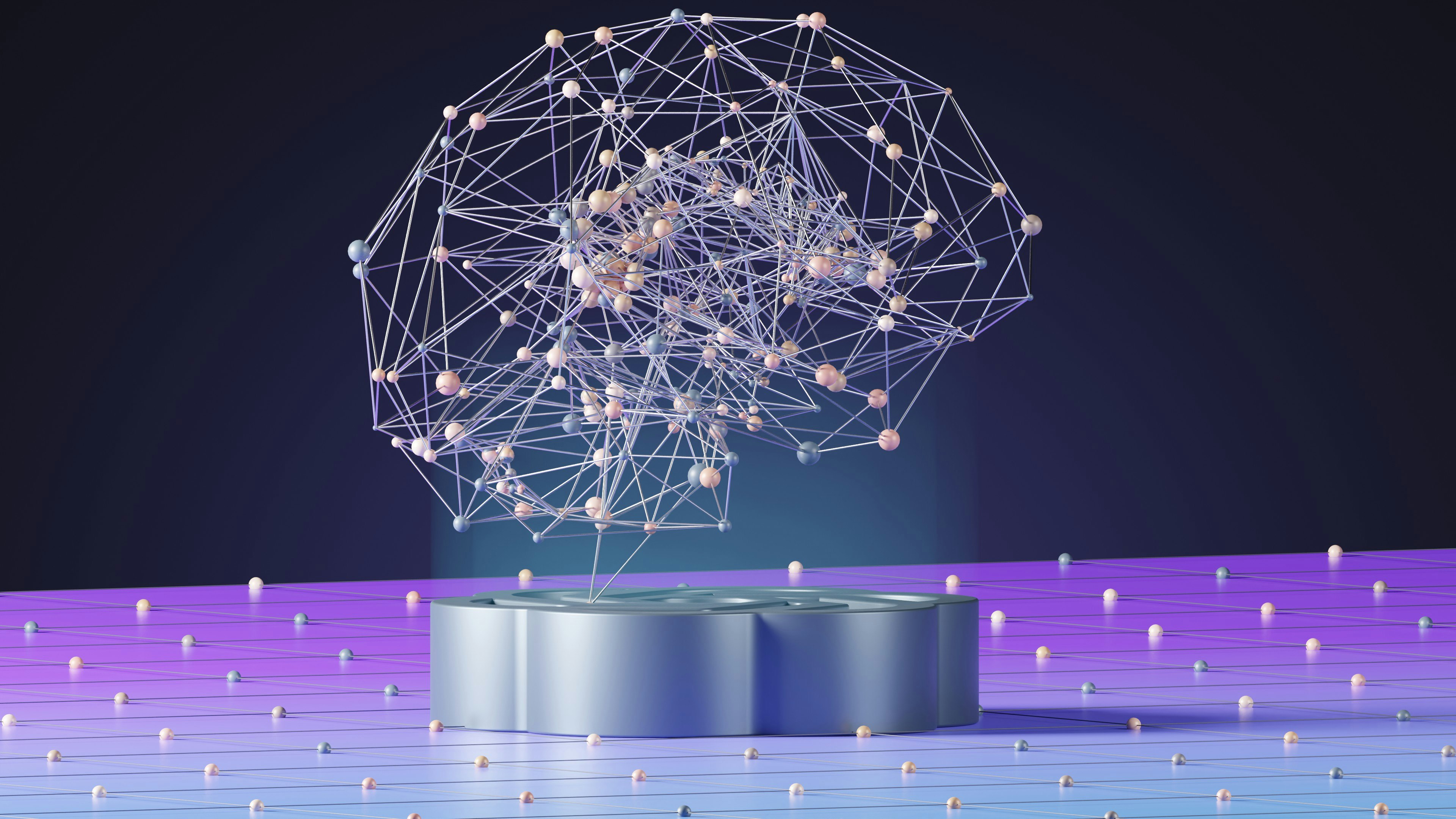Key Takeaways
- User-Facing Services: This layer hosts all applications and services that people directly interact with.
- Innovation Hub: Developers create new financial products and platforms on top of the Bitcoin network here.
- Practical Functionality: It transforms Bitcoin's protocol into tangible tools for commerce, finance, and identity.
What is the Application Layer?
The application layer is the top tier of the Bitcoin technology stack, hosting the programs and services people use daily. It translates the core protocol into practical tools for commerce and finance. This is where raw BTC (Bitcoin) and its smallest units, satoshis or "sats" (100,000,000 sats = 1 BTC), become part of tangible financial products.
Examples range from digital wallets to complex platforms on the Lightning Network for instant, low-cost payments. Recent innovations include Ordinals, which inscribe data onto individual satoshis to create unique digital artifacts. This layer also supports the growth of decentralized finance (DeFi) platforms, introducing new lending and borrowing capabilities to the Bitcoin ecosystem.
Why is the Application Layer Important for Bitcoin's Growth?
This layer is vital because it drives mainstream adoption by making Bitcoin accessible and useful beyond just a store of value. It opens the network to new markets and functionalities, attracting both developers and everyday users to its ecosystem.
The History of the Application Layer
In Bitcoin's earliest days, the application layer was simple, consisting mainly of basic wallets and exchanges. These initial tools were fundamental for users to interact with the network. They were created to solve the primary challenge of making Bitcoin a practical medium of exchange beyond its core protocol.
As the network grew, its limitations in transaction speed and cost became clear. This spurred the development of second-layer solutions like the Lightning Network. This innovation was designed to address scalability, allowing for near-instant, low-cost transactions and opening the door for new commercial uses like micropayments.
More recently, the application layer has expanded to include protocols like Ordinals, which allow for data to be inscribed directly onto satoshis. This has introduced new possibilities for digital artifacts on Bitcoin, demonstrating the continuous push to build more complex functionalities on top of its secure base.
How the Application Layer Is Used
The application layer supports a variety of real-world functions, from everyday payments to new forms of digital ownership.
- Lightning Network Payments: Facilitates near-instantaneous transactions with fees often below a single satoshi. This second-layer solution processes thousands of transactions per second off-chain, settling them later on the main Bitcoin blockchain, making micropayments for content or services practical and efficient.
- Ordinals and Digital Artifacts: Inscribes data, such as images or text up to 4 MB, directly onto individual satoshis. This process creates unique, immutable digital assets native to the Bitcoin blockchain, establishing a new model for on-chain provenance and ownership.
- Decentralized Finance (DeFi) Protocols: Builds financial services like lending and borrowing on top of Bitcoin. Users can lock their BTC in smart contracts on sidechains or other layers to earn yield or take out loans, expanding Bitcoin's utility beyond a simple store of value.
- Decentralized Identity (DID): Uses Bitcoin's public-key cryptography for secure, self-sovereign identity verification. Users can prove ownership of a digital identity by signing messages with their private key, eliminating the need for centralized identity providers and reducing data breach risks.
How Does the Application Layer Compare to Other Layers?
The application layer is the most user-facing part of Bitcoin's multi-tiered architecture. It provides the interface for interaction but relies on the foundational layers below for security and core functionality. Each layer serves a specific purpose, forming a complete system.
- Layer 1 (Protocol): This is the base Bitcoin blockchain, responsible for security, consensus, and the final settlement of all transactions. It is the system's ultimate source of truth.
- Layer 2 (Scaling): Solutions like the Lightning Network operate on top of the protocol. They handle high-volume, low-cost transactions off-chain to improve speed and efficiency, settling them later on Layer 1.
- Layer 3 (Application): This is where developers build the platforms and tools that people use. It connects the technical power of the lower layers to real-world financial products and services.
The Future of the Application Layer
The application layer's future is directly linked to the expansion of the Lightning Network. This will support complex financial instruments and high-frequency trading built on Bitcoin. Expect sophisticated decentralized applications that demand instant settlement, moving beyond simple payments to complete financial markets operating at scale.
The relationship is symbiotic: the Lightning Network provides the transaction speed, while the application layer delivers the user-facing tools. Future platforms will be constructed for Lightning, creating new systems for streaming payments, gaming rewards, and autonomous machine-to-machine transactions settled instantly and globally.
Join The Money Grid
You can join this new financial system through the Money Grid, a global payments network built on Bitcoin. Lightspark offers the necessary infrastructure for instant bitcoin transfers and enterprise-grade Lightning Network operations, equipping you to build modern financial products directly on Bitcoin.



